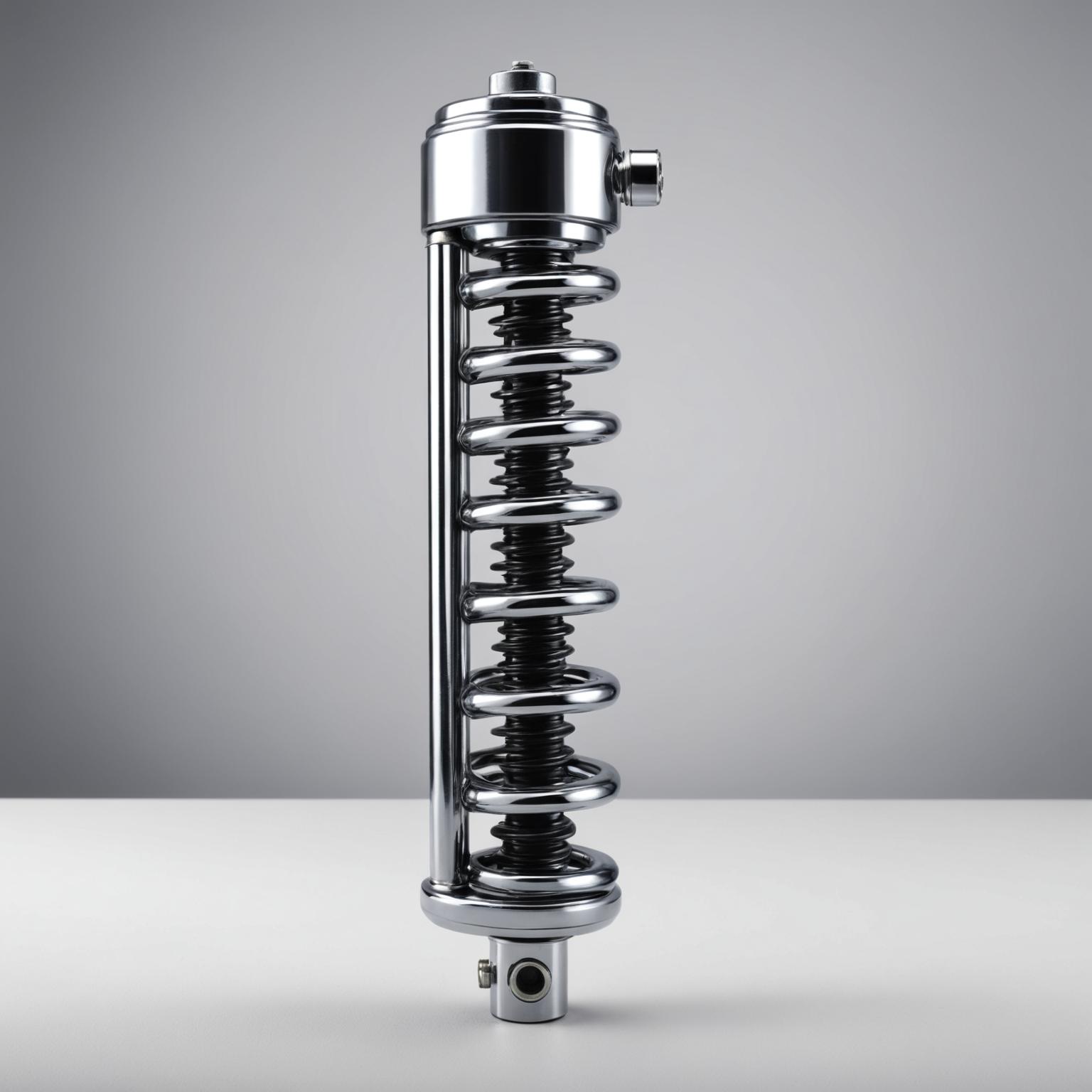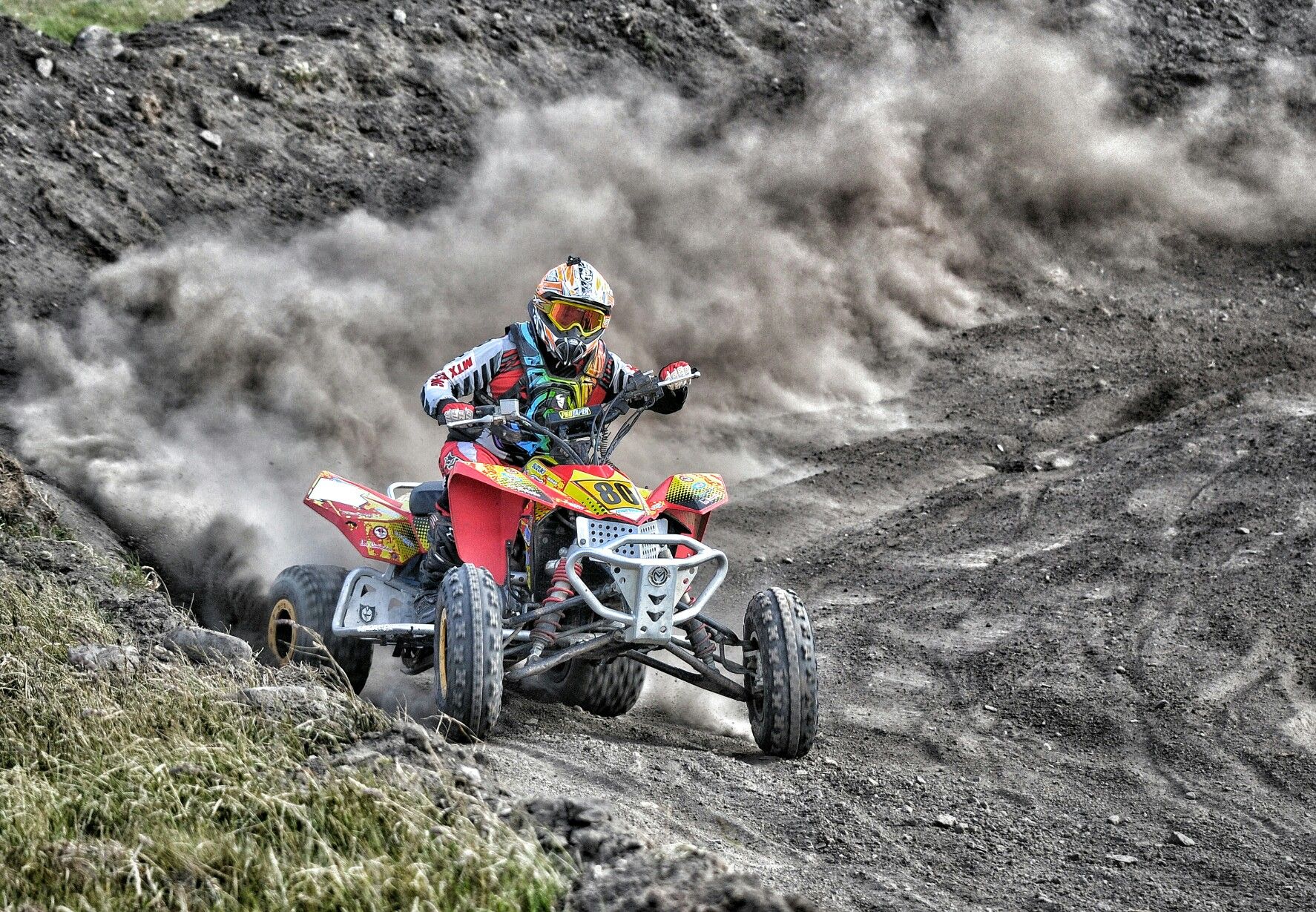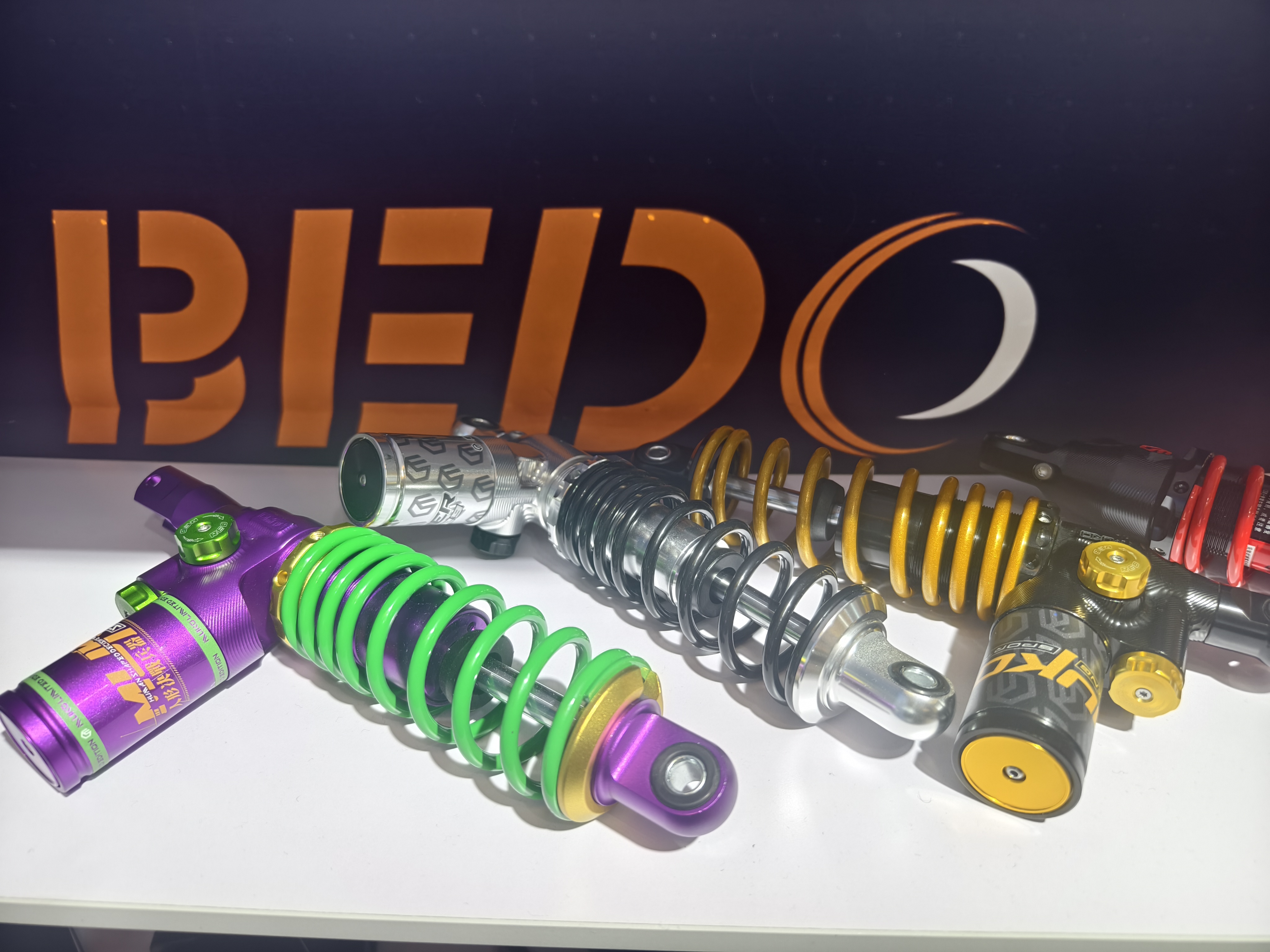When navigating the untamed world of dirt tracks and dusty trails, the thrill of the ride is paramount. For any off-road enthusiast, the performance of their All-Terrain Vehicle (ATV) is a direct reflection of its engineering. While a powerful engine provides the thrust and aggressive tires supply the grip, the unsung hero of a dominant off-road machine is its suspension system. The ultimate measure of this system's capability lies in its shock absorber efficiency, a critical factor that dictates control, comfort, and the vehicle's ability to conquer the most demanding landscapes. Without optimal damping, even the most powerful ATV is just a wild, untamable beast.
Understanding the Role of Shock Absorbers
A common misconception is that an ATV's springs are what absorb the bumps. While springs do compress to soak up large impacts, their natural tendency is to oscillate or bounce uncontrollably afterward. This is where shock absorbers, or dampers, play their vital role. Their job is to dissipate the energy stored in the springs, converting kinetic energy into thermal energy through hydraulic fluid resistance. A well-tuned shock absorber tames the spring's rebound, forcing the tire back onto the ground quickly and keeping it there. This constant contact between the tire and the terrain is the cornerstone of traction, steering control, and overall stability. On a high-performance sport ATV designed for aggressive riding, this function is magnified. Whether launching over a jump, blasting through whoops, or carving a sharp corner on a gravel path, the shocks are working tirelessly to keep the rider in command.
What Determines Shock Absorber Efficiency?
The effectiveness of a shock absorber is not a single feature but a combination of sophisticated engineering elements. The internal valving is perhaps the most crucial component, consisting of a series of shims and ports that control the flow of hydraulic fluid as the shock compresses and rebounds. Advanced shocks, like those found on race-ready ATVs, feature velocity-sensitive damping, meaning they react differently to slow-speed inputs (like body roll in a corner) versus high-speed impacts (like hitting a rock). The type and viscosity of the shock fluid also play a significant part, as does the shock's ability to dissipate heat. During aggressive off-roading, shocks can become incredibly hot, which can thin the fluid and lead to a loss of damping, a phenomenon known as 'shock fade.' Superior designs often incorporate larger fluid reservoirs and cooling fins to maintain consistent performance. This dedication to maximizing shock absorber efficiency translates directly to reduced rider fatigue and enhanced confidence, allowing you to push the limits for longer.
The Importance of Durable Shock Absorber Materials
An ATV's suspension is subjected to a relentless barrage of abuse. From flying rocks and abrasive dirt to constant high-frequency vibrations and heavy G-force landings, the components must be incredibly resilient. This is why the conversation must include durable shock absorber materials. An expertly designed shock is useless if its constituent parts fail under pressure. Manufacturers of high-end ATVs invest heavily in materials science to ensure longevity and reliability. The shock body itself is often crafted from high-strength steel or lightweight, hard-anodized aluminum. The piston rod, which endures incredible linear stress, is typically made from induction-hardened, chrome-plated steel to resist bending and wear. Inside, advanced-formula seals are used to prevent fluid leaks and keep contaminants out, which is one of the most common causes of shock failure. Opting for a machine built with durable shock absorber materials is an investment in sustained performance and safety.
How Materials Enhance Off-Road Dominance
The choice of materials goes beyond mere strength; it directly impacts the vehicle’s handling characteristics. For instance, using lightweight aluminum for shock bodies reduces the ATV's 'unsprung weight'—the mass of the components not supported by the springs, such as the wheels, tires, and parts of the suspension. Lowering unsprung weight allows the suspension to react more quickly to changes in the terrain, further improving tire contact and grip. Furthermore, the use of specialized coatings on internal and external parts does more than just prevent rust. Finishes like a hard-anodized coating on an aluminum body or a proprietary low-friction coating on a piston rod reduce stiction, allowing the shock to move more freely and respond to even the smallest imperfections on the trail. This synergy between advanced design and robust materials ensures that the initial high level of shock absorber efficiency is not a fleeting characteristic but a lasting trait, giving you a competitive edge ride after ride.
A Holistic Approach to Off-Road Control
Finally, it's essential to recognize that shock absorbers are part of an integrated system. Their performance is intrinsically linked to the chassis and tires. A robust, reinforced frame provides a solid platform, ensuring that the forces managed by the suspension are not lost to chassis flex. This allows the shocks to do their job with precision. Similarly, the chunky, all-terrain tires found on a high-performance quad can only provide their advertised grip if the suspension keeps them firmly planted on the ground. When you hit a series of bumps, it is the rapid, controlled response of the shocks that prevents the tires from skipping across the surface, maintaining traction for acceleration, braking, and steering. This holistic design philosophy, where every component from the handlebars to the tire tread works in concert, is what separates a true off-road conqueror from a mere trail rider. The careful selection of durable shock absorber materials is a key pillar supporting this entire performance structure, ensuring every part of the machine can work to its full potential.






